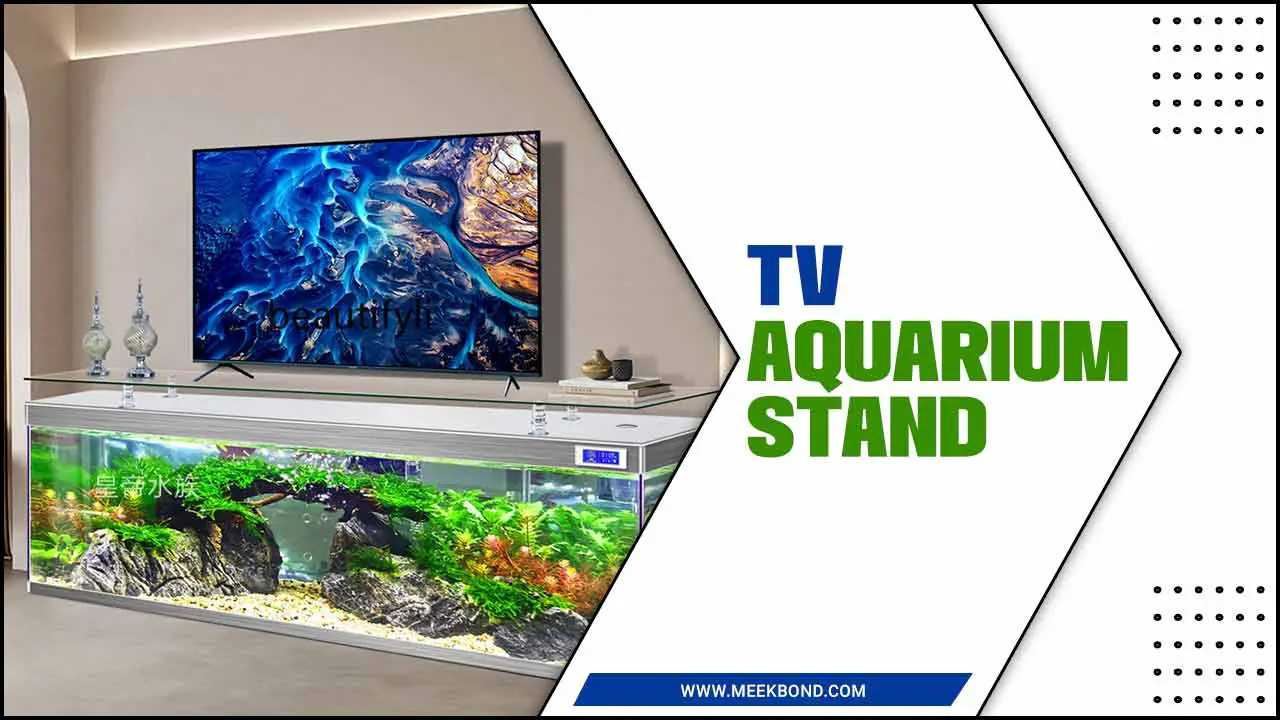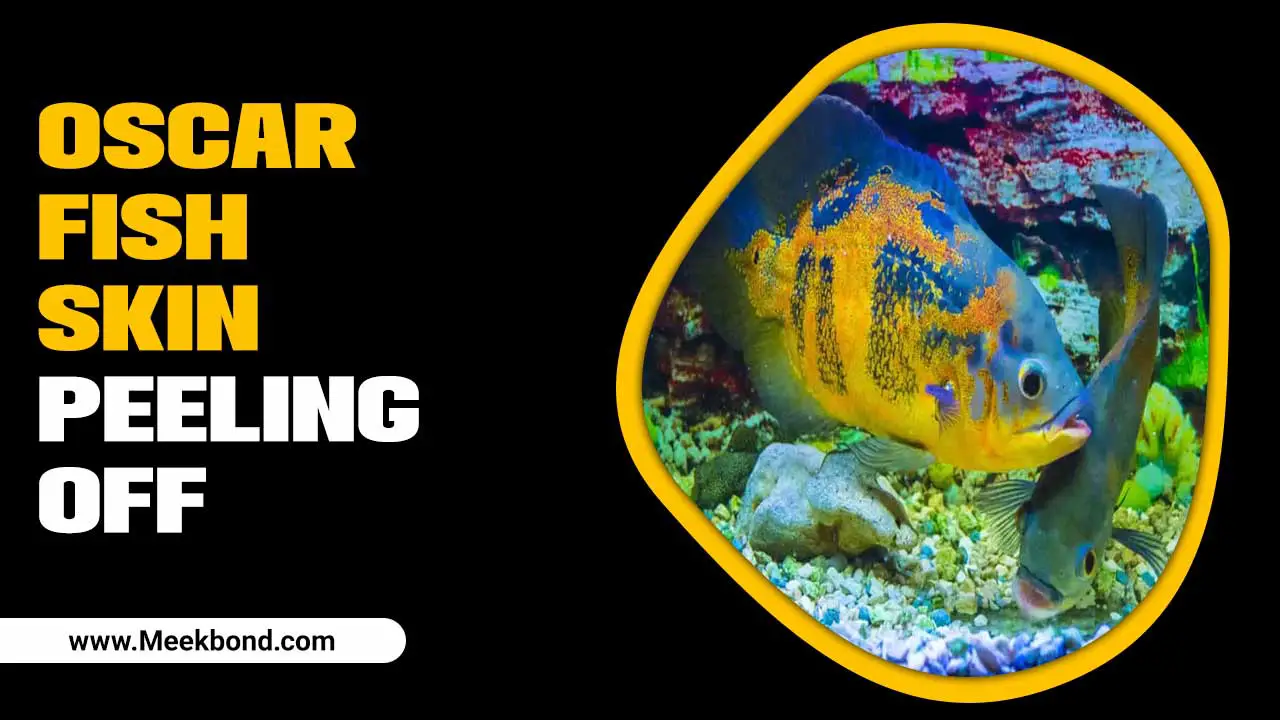Keeping brine shrimp alive is important for a few reasons. Firstly, brine shrimp are commonly used as live food for fish and other aquatic animals. Keeping them alive ensures that your pets or livestock have access to nutritious and fresh food.
Additionally, brine shrimp are often used as a food source in scientific research and experiments. Keeping them alive allows researchers to study their behavior, reproductive patterns, and other characteristics. Finally, brine shrimp are also popular among hobbyists who keep aquariums or engage in the hobby of sea monkey rearing.
Here we will provide you with step-by-step instructions on how to keep brine shrimp alive. From setting up the perfect environment to monitoring water quality and troubleshooting common issues, we have got you covered. Keep reading to learn how long they can survive with proper care and whether they make good pets.
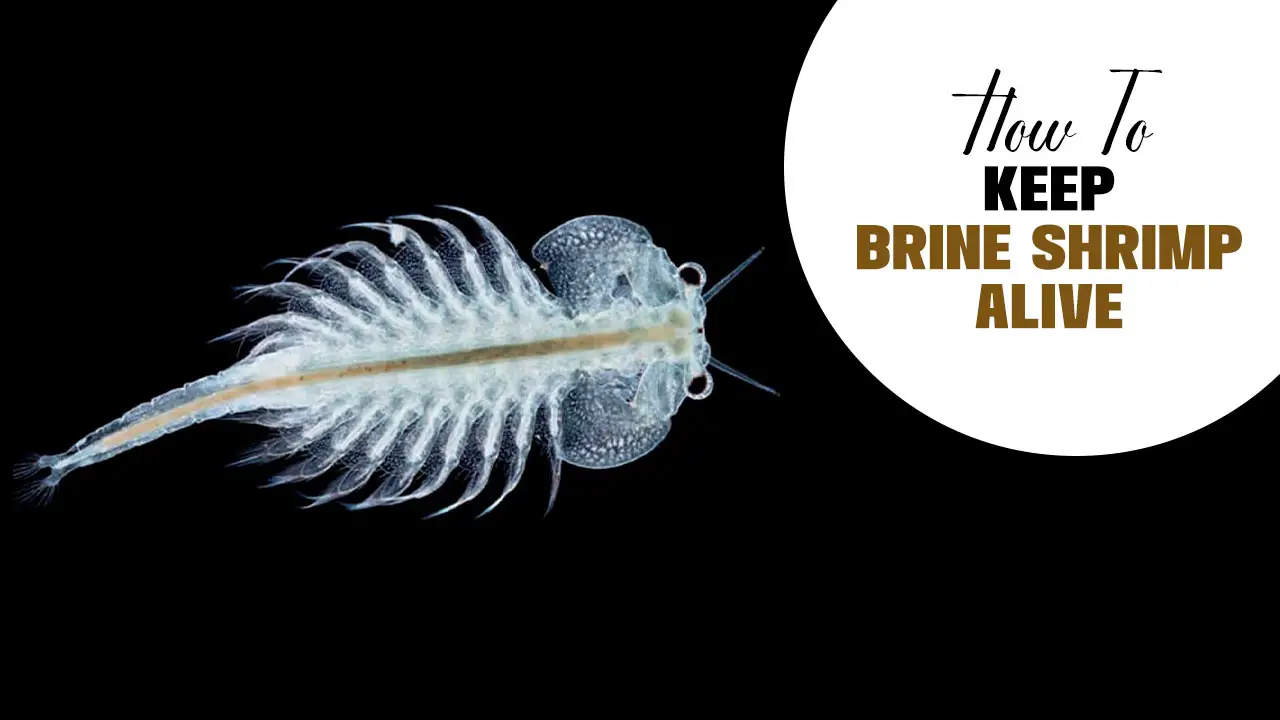
How To Keep Brine Shrimp Alive-Expert Guideline
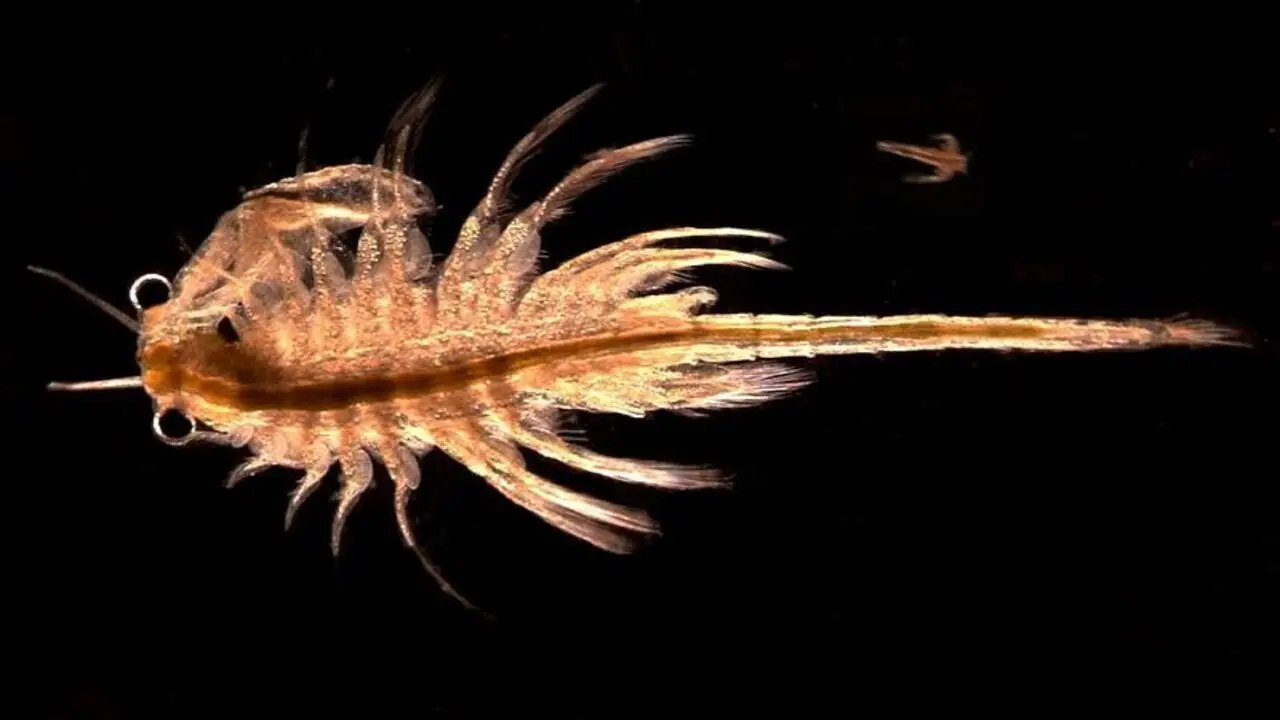
Set up a proper tank with the right temperature, salinity, and aeration to keep your brine shrimp alive. Provide them with high-quality food and supplements for a balanced diet. Regular water changes help maintain a healthy environment. Avoid overcrowding and minimize stress. Monitor their health and take action if needed. Below we guide you more in detail on how to keep brine shrimp alive.
Setting Up The Environment
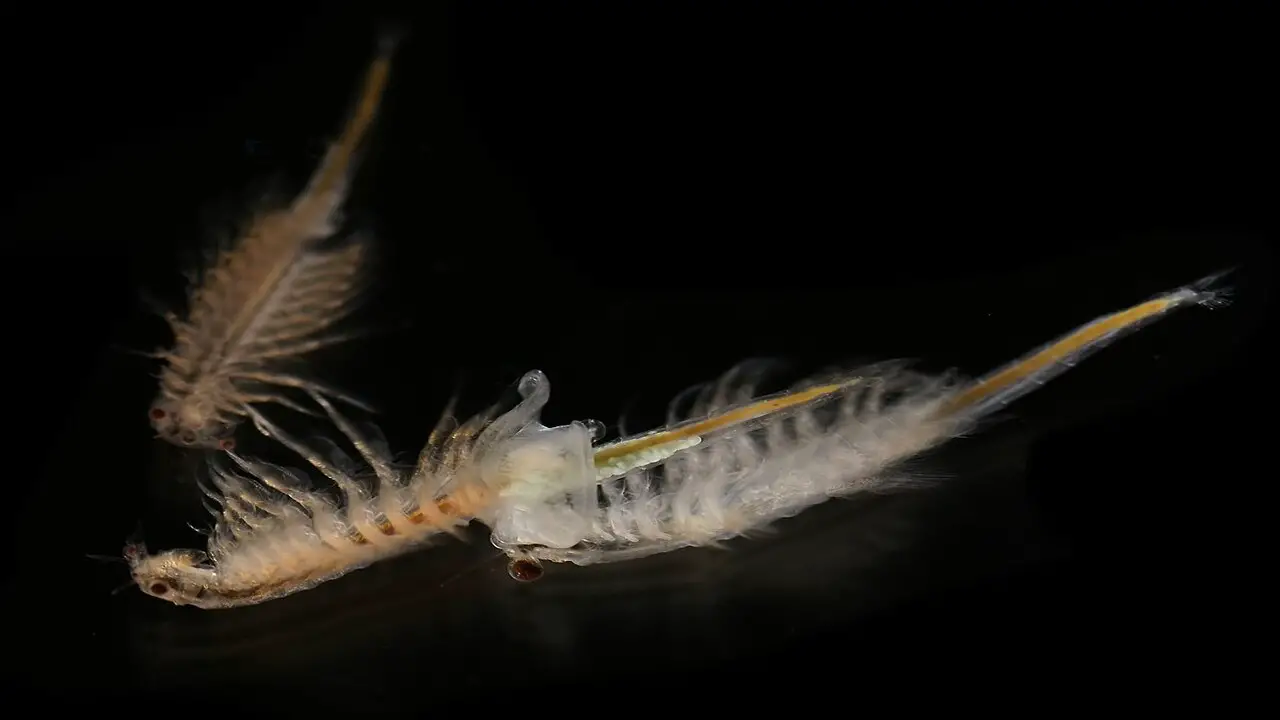
Creating a clean and well-aerated environment is crucial for the survival of brine shrimp. It is recommended to use a separate tank equipped with a sponge filter and an air pump to ensure proper circulation. Consistent water quality parameters should be maintained through regular changes, as the slightest change in water conditions can harm the survival of brine shrimp.
Providing live algae or other suitable food sources is essential for their nutrition, but it’s important not to overfeed them or overcrowd the tank. Overfeeding can lead to poor water quality, harming the brine shrimp. Similarly, overcrowding can cause stress and competition for resources, leading to illness and death. Following these guidelines can create a healthy and thriving environment for your brine shrimp.
Providing The Right Water Conditions
To keep brine shrimp alive, providing the right water conditions is essential. This includes maintaining an ideal salinity level between 25-35 parts per thousand (ppt) and a pH range of 7.5-8.5. Temperature also plays a crucial role, with the optimal range being 75-82 degrees Fahrenheit. Regular water changes and water quality monitoring are vital for the longevity of brine shrimp.
Feeding Your Brine Shrimp
To ensure the health and vitality of your brine shrimp, it’s important to provide them with a balanced diet. These tiny creatures feed on various foods, including microalgae, yeast, and wheat flour. However, avoiding overfeeding is crucial, as this can lead to waste buildup and poor water quality.
Regular feeding is key to maintaining the health of your brine shrimp population, and you may want to consider using specialized brine shrimp food blends for optimal nutrition. Additionally, experimenting with different feeding schedules and food types will help you find what works best for your setup.
Oxygenation
Oxygenation is a crucial step in keeping brine shrimp alive and thriving. These tiny aquatic creatures require a constant oxygen supply to survive, so ensuring their environment is well-oxygenated is essential. One way to achieve this is by using an air pump and air stone to create bubbles in the water, which will help to circulate and oxygenate the water.
Another option is to use a sponge filter, which provides oxygenation and helps keep the water clean by filtering out debris. Whichever method you choose, it is essential to regularly monitor the oxygen levels in the tank and make adjustments as needed to maintain a healthy environment for your brine shrimp.
Regular Maintenance And Cleaning
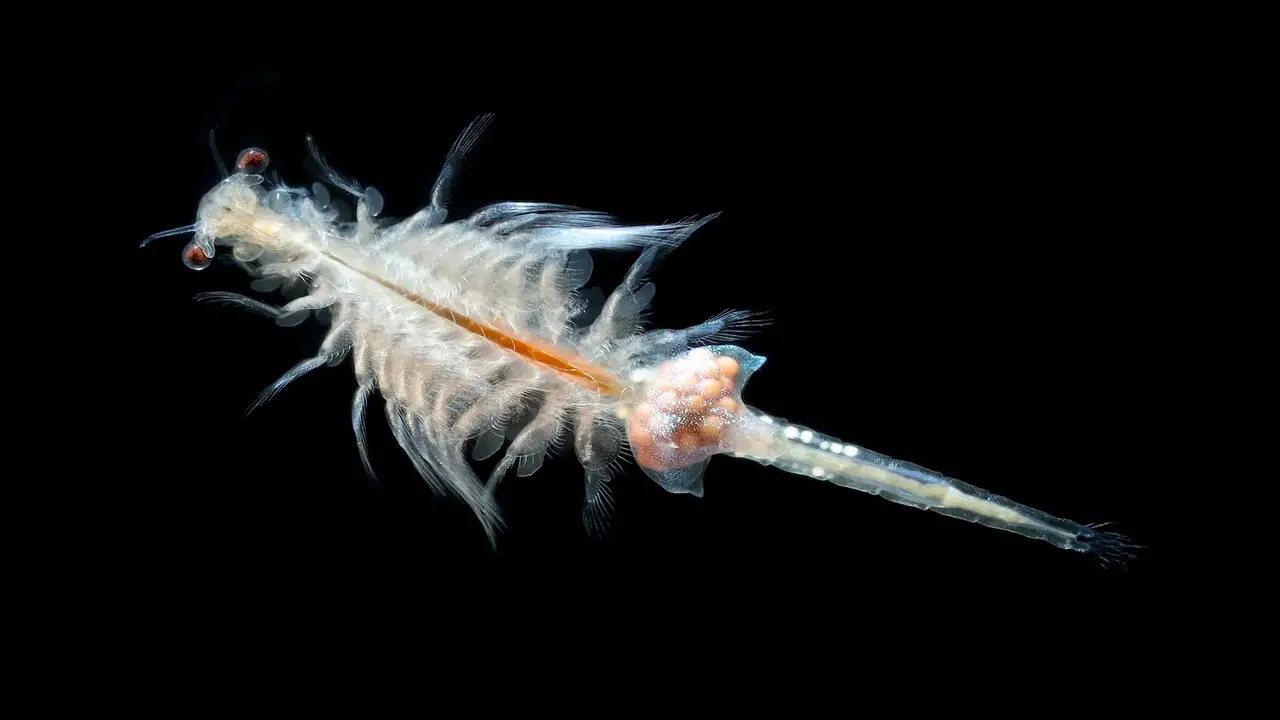
Keeping brine shrimp alive requires regular maintenance and cleaning. To prevent ammonia buildup, remove uneaten food and debris daily. Use a fine mesh net to remove dead or molting shrimp. Clean the tank, filters, and airstones every 1-2 weeks to prevent bacterial growth. Regular water changes are essential for maintaining healthy water parameters.
Troubleshooting Common Issues
Brine shrimp are a popular food source for many fish species, but their mortality can be a concern. If your brine shrimp are dying quickly, checking water quality parameters such as pH and salinity is crucial. Poor aeration or overcrowding in the tank can also contribute to mortality rates. Regularly removing uneaten food and waste can help maintain water quality.
Providing live algae or phytoplankton as natural food sources can improve the health of your brine shrimp. Commercial fish food or supplements can also provide necessary nutrients and support overall shrimp health. By implementing these measures, you can ensure the longevity of your brine shrimp population and keep your aquarium thriving.
Benefits Of Keeping Brine Shrimp Alive
Live brine shrimp are a valuable source of nutrition for aquatic pets, enhancing their colors and vitality. By keeping brine shrimp alive, you ensure a continuous food supply for your pets and enjoy the rewards of breeding and raising them as a fun hobby. With proper care, brine shrimp can live for several weeks, providing long-term feeding options.
Advanced Topics In Brine Shrimp Care
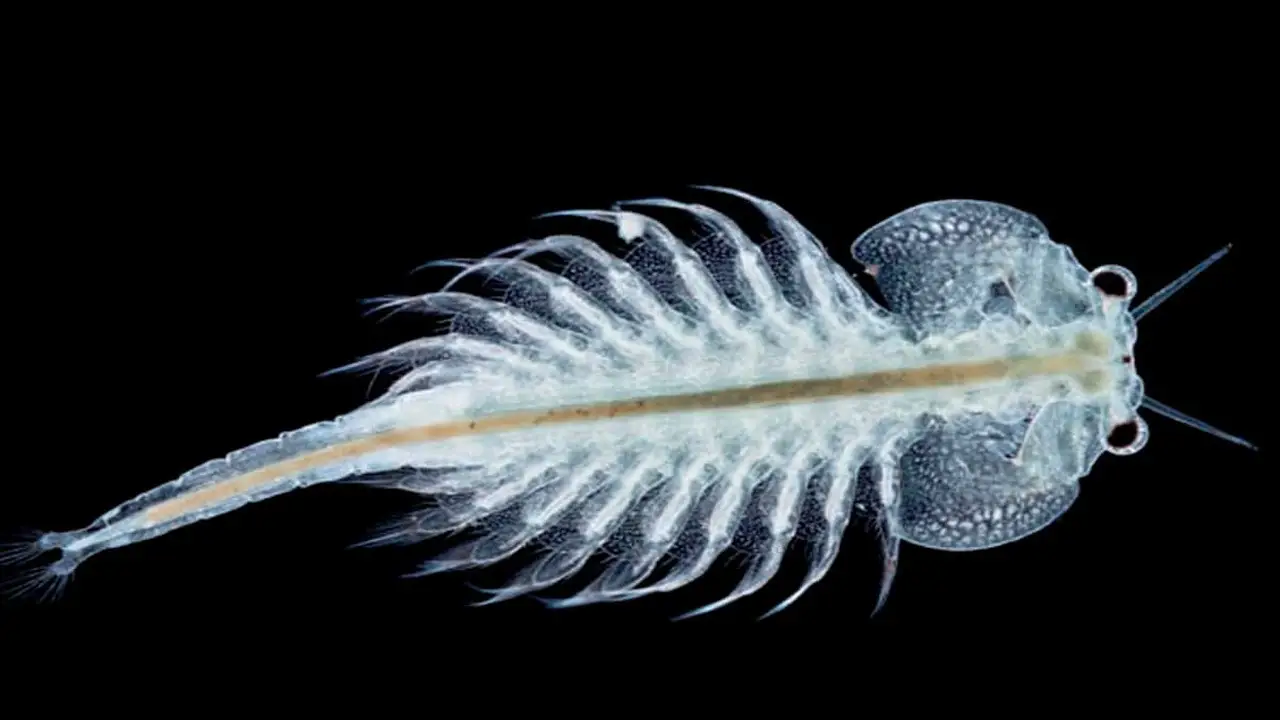
Maintaining optimal water quality is crucial for the survival of brine shrimp. This includes monitoring and adjusting pH, temperature, and salinity parameters. Feeding brine shrimp a balanced diet with algae and other nutrients is essential for their growth and health. Regular tank maintenance, including cleaning and water changes, helps prevent the build-up of debris and harmful bacteria.
Adequate oxygenation is also essential, especially in crowded tanks, to ensure the survival of brine shrimp. Lastly, mastering proper breeding techniques can help provide a continuous supply of live food for fish and other aquatic pets.
Can Frozen Brine Shrimp Come Back To Life?
Unfortunately, frozen brine shrimp cannot be revived as freezing kills them, making it impossible for them to return to life. However, thawed frozen brine shrimp can still serve as an effective fish food source. To keep brine shrimp alive, it is crucial to maintain proper water conditions and feeding schedules.
These include ensuring the water is well-aerated and within a temperature range of 75-82°F. Feeding them with the right amount of food at regular intervals is also essential to prevent overfeeding or underfeeding. Additionally, cleaning the tank regularly and removing uneaten food can help maintain optimal water quality and keep brine shrimp healthy. Following these guidelines ensures that your brine shrimp live long and thrive in their aquatic environment.
Housing And Culturing Techniques For Brine Shrimp
To ensure the well-being of brine shrimp, providing them with a stable and clean environment is crucial. This can be achieved through the use of a well-maintained aquarium or container. To keep the water oxygenated and clean, aeration and filtration systems are necessary.
Feeding the shrimp brine shrimp food or algae will sustain their growth, while regularly removing waste is essential in maintaining their overall health. For larger populations, it is recommended to use larger containers. Additionally, monitoring and adjusting water parameters such as pH, salinity, and temperature are crucial for successfully cultivating brine shrimp.
How Long Will Brine Shrimp Stay Alive With Proper Care?
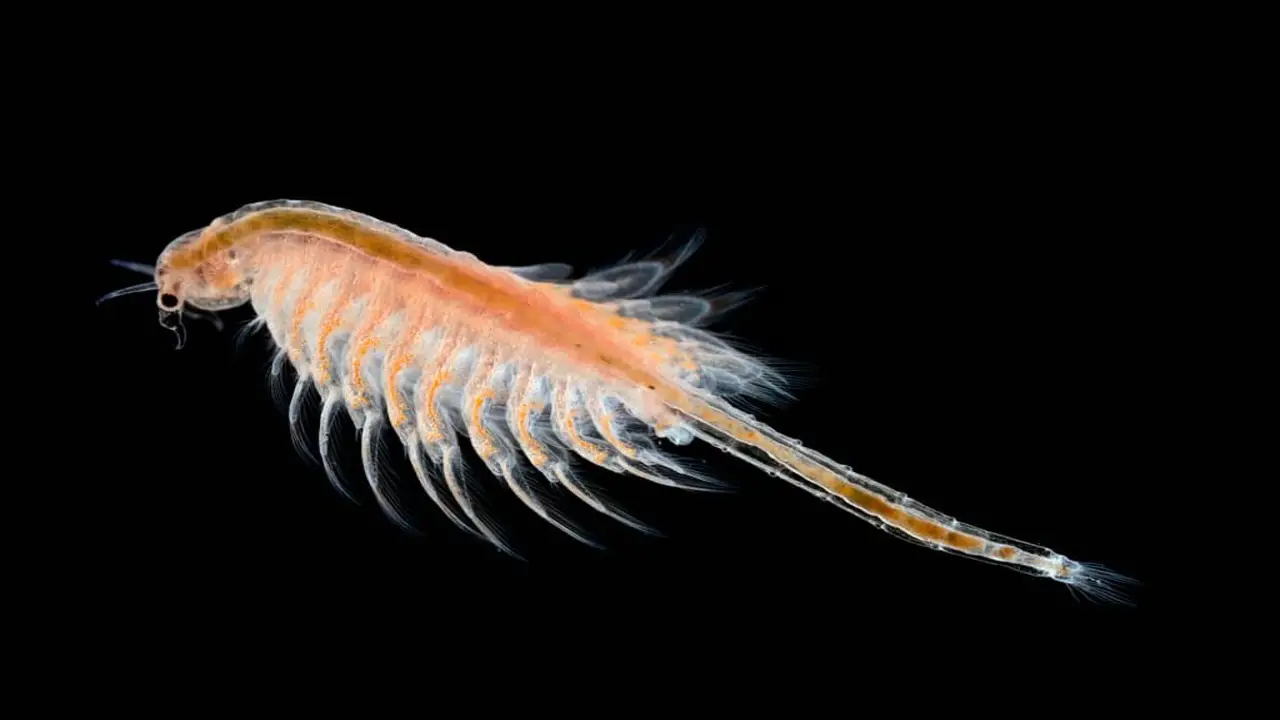
Brine shrimp can survive for 2-3 days with appropriate care. Ensuring a water temperature of 75-80°F and providing adequate aeration and filtration are crucial for their survival. Maintaining their health is essential, and feeding them small amounts of food several times daily is the best way to achieve this.
Overfeeding can cause water contamination, which can lead to illness or death. Furthermore, it is advisable to use high-quality brine shrimp food that contains all the necessary nutrients for optimal growth and development. Additionally, cleaning the tank regularly and maintaining proper water chemistry levels are essential in keeping the brine shrimp healthy and thriving.
Do Brine Shrimp Make Good Pets?
Brine shrimp can be an intriguing option as pets, but they require specific living conditions to thrive. Although they may not provide the same level of interaction as traditional pets, they can act as a food source for other aquatic animals. However, before considering brine shrimp as pets, it is essential to research their care requirements thoroughly.
Some responsibilities include regulating water temperature and quality, providing appropriate food, and maintaining a suitable environment for their growth. It is also crucial to consider the time and effort required to keep them healthy and happy. While brine shrimp may not be the most conventional pet choice, they can still make fascinating additions to your aquatic collection.
Conclusion
Keeping brine shrimp alive requires careful attention to their environment, water conditions, feeding, and regular maintenance. By providing the right conditions and monitoring water quality, you can ensure the longevity of your brine shrimp. Additionally, understanding advanced topics such as reviving frozen brine shrimp and housing and culturing techniques can further enhance your success in keeping them alive.
With proper care, brine shrimp can thrive for an extended period. While they may not make traditional pets, they serve as excellent food sources for other aquatic creatures or as live bait. Whether you keep brine shrimp for educational purposes or as a food source, following these proven techniques will help to ensure their survival. Hope now you learn how to keep brine shrimp alive.
Frequently Asked Questions
What Do You Feed Brine Shrimp To Keep Them Alive?
Feed them various foods like yeast, spirulina, and commercial shrimp food to keep brine shrimp alive. Feed several times daily in small amounts to prevent overfeeding and water quality issues. Regular water changes are also crucial for their health.
Are Brine Shrimp Hard To Keep Alive?
Keeping brine shrimp alive can be a challenge but with the right conditions. Factors like water quality, temperature, and a food source are crucial to their survival. By properly maintaining the tank and providing the necessary care, brine shrimp can live for several weeks or even months.
How Long Can Brine Shrimp Survive?
Brine shrimp can live for a few months if the conditions are optimal. Factors like water quality, temperature, and food availability affect their lifespan. It’s crucial to provide adequate aeration and filtration for more prolonged survival. To maintain optimal conditions, replace the brine shrimp culture every 2-3 weeks.
Is There A Way To Store Live Baby Brine Shrimp?
Yes, storing live baby brine shrimp for up to 24 hours in a refrigerator is possible. To do so, place them in a sealed container with water and oxygen. Avoid feeding them during storage to prevent fouling of the water. Rinse them thoroughly with fresh water before use.
How Often Should I Feed Brine Shrimps?
Feeding brine shrimp once or twice a day is recommended. Overfeeding can harm the shrimp and lead to poor water quality. Offer small amounts at a time, ensuring they consume it within a few minutes. Adjust feeding frequency based on the number of shrimp in your tank.

Aquarium passion is all about connecting with the aquatic life and providing education to the public on the importance of these creatures. We showcase a wide variety of marine life through our exhibits as well as working with schools to provide unique learning opportunities for students of all ages.


